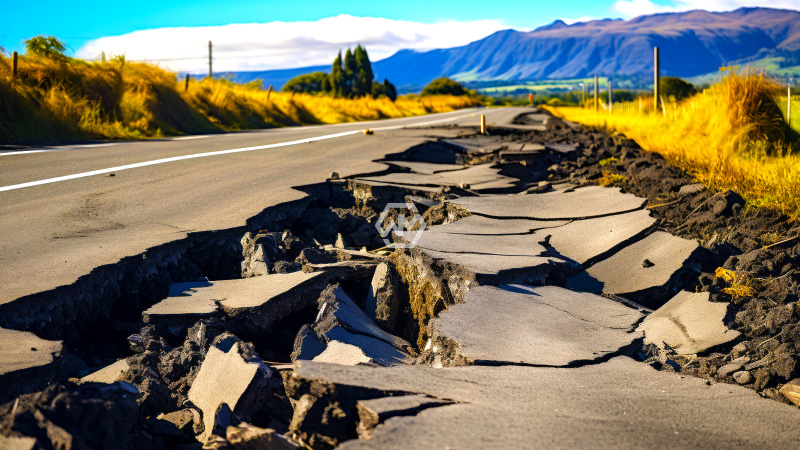- Starting around 2021, three ejections have occurred on the Reykjanes landmass, in Walk 2021, August 2022, and July 2023.
- Those three were situated a long way from any foundation or populated regions.
- Iceland has 33 dynamic volcanic frameworks, the biggest number in Europe.
- The Icelandic Met Office (IMO) said an emission could occur “in a few days”.
Iceland proclaimed a highly sensitive situation on Friday after a progression of strong quakes shook the country’s southwestern Reykjanes landmass, in what could be a forerunner to a volcanic ejection.
The town of Grindavik, home to around 4,000 individuals, is found approximately three kilometers (1.86 miles) southwest of the region where Friday’s tremor swarm was enlisted.
800 Earthquakes in 14 Hours
It has departure plans set up if there should be an occurrence of an emission.
Around 1730 GMT, two number tremors were felt as distant as the capital Reykjavik about 40 kilometers away, and along a large part of the country’s southern coast, shaking windows and family objects.
As indicated by primer IMO figures, the greatest quake had a size of 5.2, north of Grindavik.
Police shut down a street running north-south to Grindavik on Friday after it was harmed by the quakes.
Exactly 24,000 quakes have been enrolled on the promontory since late October, as indicated by the IMO, with “a thick multitude” of almost 800 tremors enlisted between 12 PM and 1400 GMT Friday.
The IMO noticed a collection of magma underground at a profundity of around five kilometers (3.1 miles). Would it be a good idea for it to begin moving towards the surface it could prompt a volcanic ejection.
In any case, the Branch of Common Assurance said it was sending the watch vessel Thor to Grindavik “for security purposes”.
Crisis havens and help focuses were to open in Grindavik later Friday, as well as in three different areas in southern Iceland, for data purposes and to help individuals move.
On Thursday, the Blue Tidal pond, a famous traveler location situated close to Grindavik celebrated for its geothermal spas and lavish inns, shut as insurance following another seismic tremor swarm.
Additionally close by is the Svartsengi geothermal plant, the primary provider of power and water to 30,000 inhabitants on the Reykjanes promontory.
It has emergency courses of action set up to safeguard the plant and its laborers in case of an ejection.
The North Atlantic island rides the Mid-Atlantic Edge, a break in the sea depths isolating the Eurasian and North American structural plates.
Before the Walk 2021 ejection in an uninhabited region around Mount Fagradalsfjall, the Reykjanes volcanic framework had stayed lethargic for a considerable length of time.
Volcanologists accept the new pattern of expanded action could keep going for a very long while or hundreds of years.
An April 2010 monstrous emission at one more Iceland spring of gushing lava, the Eyjafjallajokull in the south of the island, constrained the wiping out of approximately 100,000 flights, leaving more than 10 million explorers abandoned.



